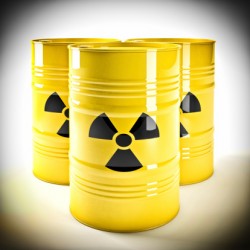A chemical called methyl isocyanate that is commonly used in the maritime and manufacturing industries has been linked to a number of workplace injuries involving toxic exposure. The Occupational Safety and Health Administration recently announced a new program to educate workers about the toxic effects of exposure to methyl isocyanate.
used in the maritime and manufacturing industries has been linked to a number of workplace injuries involving toxic exposure. The Occupational Safety and Health Administration recently announced a new program to educate workers about the toxic effects of exposure to methyl isocyanate.
The OSHA’s national emphasis programs are typically designed to educate workers about specific hazards and usually continue over a period of three years. The national emphasis program for isocyanates targets the toxic side effects and long-term health effects of exposure to the chemical. The goal is to educate workers about controlling and managing exposure to avoid occupational injury.
The side effects of methyl isocyanate can continue for months and even years after the exposure. The most well-known tragedy linked to methyl isocyanate is the Bhopal disaster in India in December 1984, when more than 40 tons of methyl isocyanate leaked into the environment, killing more than 3,000 people. In the United States, in August 2008, an explosion and fire involving methyl isocyanate at a Bayer facility in West Virginia killed two workers and injured several others.
Workers who have been exposed to methyl isocyanate can suffer from respiratory conditions like asthma and hypersensitive pneumonitis, skin irritation and irritation of the eyes and nose and throat. Cancer is another devastating effect of methyl isocyanate exposure.
Michael Parsons is an Atlanta workers’ compensation lawyer representing injured workers in the metro Atlanta region and helping them recover the workers’ compensation benefits that they have earned. If you have been hurt on the job, contact us today so we can start working on your claim.
Source:
